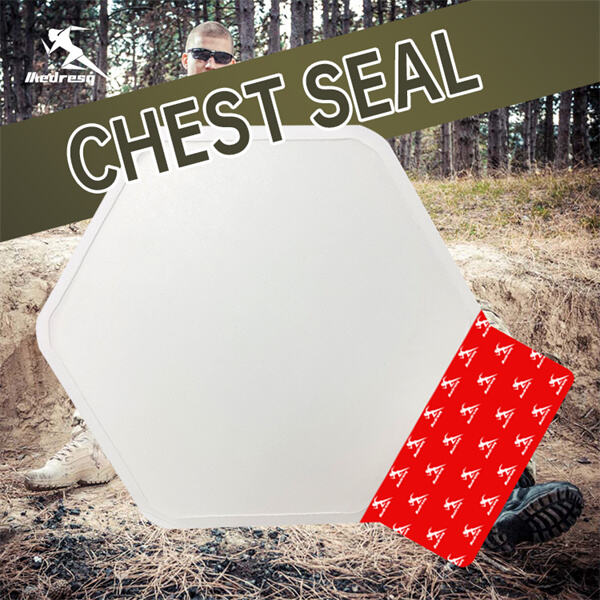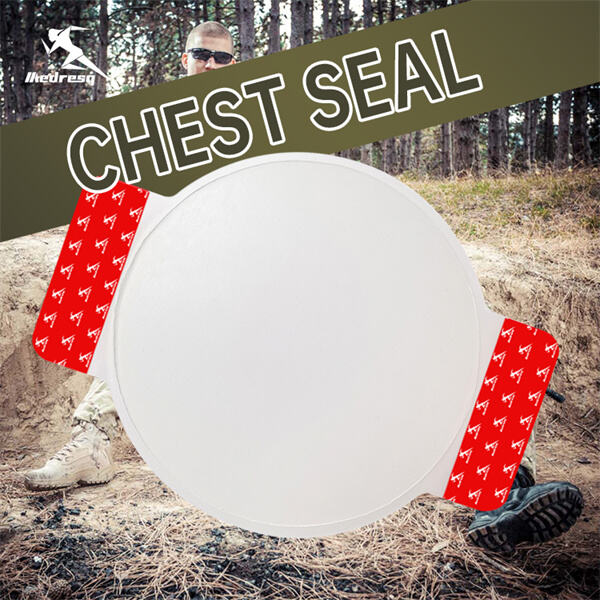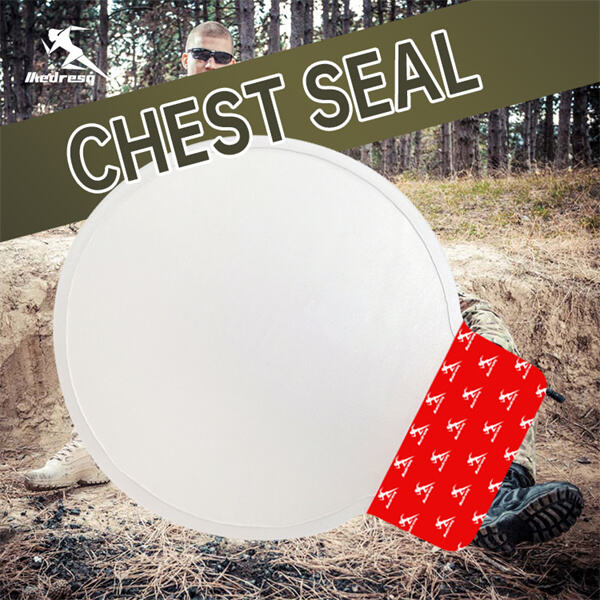Time is of the essence during emergencies. Someone has been hurt and you have to move. They are also VERY important as they will stop air from getting in the lungs through the hole. Above — and this is super washboard technical but I will say it because you need to hear for yourself: “If air goes into the hole in your chest wall, the lung on that side could start to collapse which can make breathing difficult,” said far more colloquially by someone talking directly at a patient with an obvious injury. That is why they should know how to use chest seal.
Depending upon your exposure to training you may or may not have come across different types of chest seals. The former are vented and the latter non-vented. Vented chest seals have a small one-way valve, which allows air to escape where it needs to go and will stop that same pressure from exposing the sensitive inside of your thoracic cavity. Its almost like having the best of both worlds, a means to release air without allowing more in. Note: Non-vented chest seals are intended to occlude and wrap the entirety of the wound, instead. The wound is sealed up tight so no air can get in.
There are two primary considerations for selecting a chest seal — the size and location of the wound on your body. Additionally, and most importantly a clean (sterile) chest seal must be applied to prevent the person becoming more unwell due to infections.
All you need to know about how when and why we use a chest seal. Step #1: Find the wound on their chest carefully. When you do get to the wound, wash around it with sanitizing cleaner This step is very important as it can help fend off any harmful bacteria that can lead to an infection.

So the next step is to remove chest seal from its packaging. You want to put the sticky side down over your wound. But be careful! Dont forget: The chest seal is a good weapon to have in your back pocket but do not place it directly on the wound itself. Instead, plant it slightly off center from the wound to allow air that has become trapped inside a simple way out.

Finally, chest seals prevent fluid from accumulating in the chest. That in itself can turn into something called a tension pneumothorax—a condition that may be life threatening if left untreated. In an emergency, understanding the mechanism and value of chest seals could help to save a life.

One of the most important reasons why you should have a chest seal in your first aid kit is because it will be needed when dealing with penetrating trauma to the thoracic cavity. Such type of injuries can occur anytime and at any place for which urgent medical aid may also be needed. So, this means when you keep a chest seal in your first aid kit then at that time you are also preparing yourselves for all the emergencies.
We chest seal first aid a leading manufacturer of top-quality medical emergency equipment like individual first-aid kits, military supplies, and emergency prehospital supplies. This ensures reliability in critical situations.
chest seal first aid highest quality of manufacturing are guaranteed by our state of the advanced production line. It has over 15,000 square metres of non-sterile workshop space and 1,000 square metres of sterile areas.
chest seal first aidr team of dedicated experts can provide customized solutions, top-quality customer service, and assistance for clients with comprehensive medical emergency needs.
With our precise testing techniques, modern production machinery, and a large inventory, we can guarantee reliable and top-quality emergency chest seal first aid for a variety of applications.